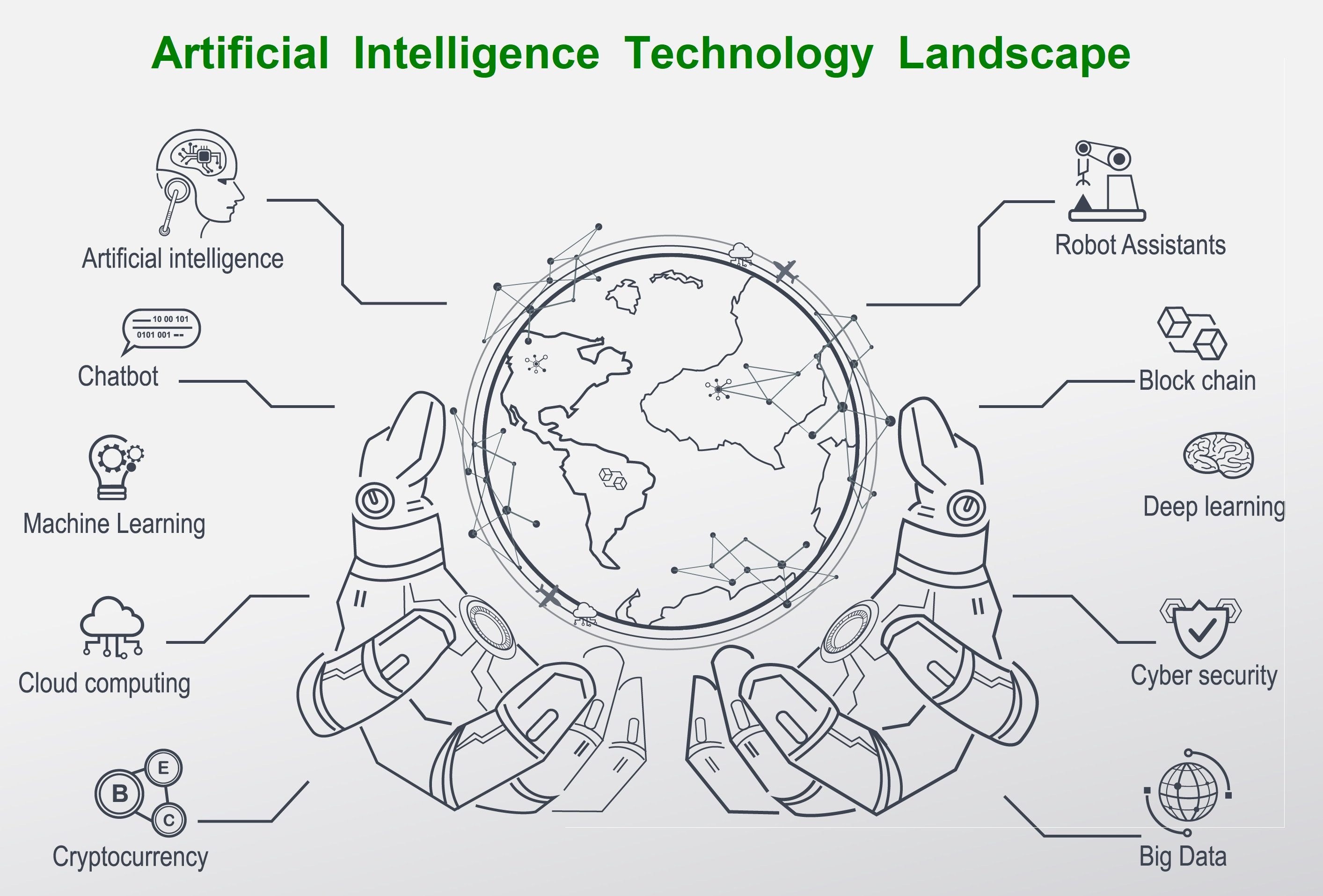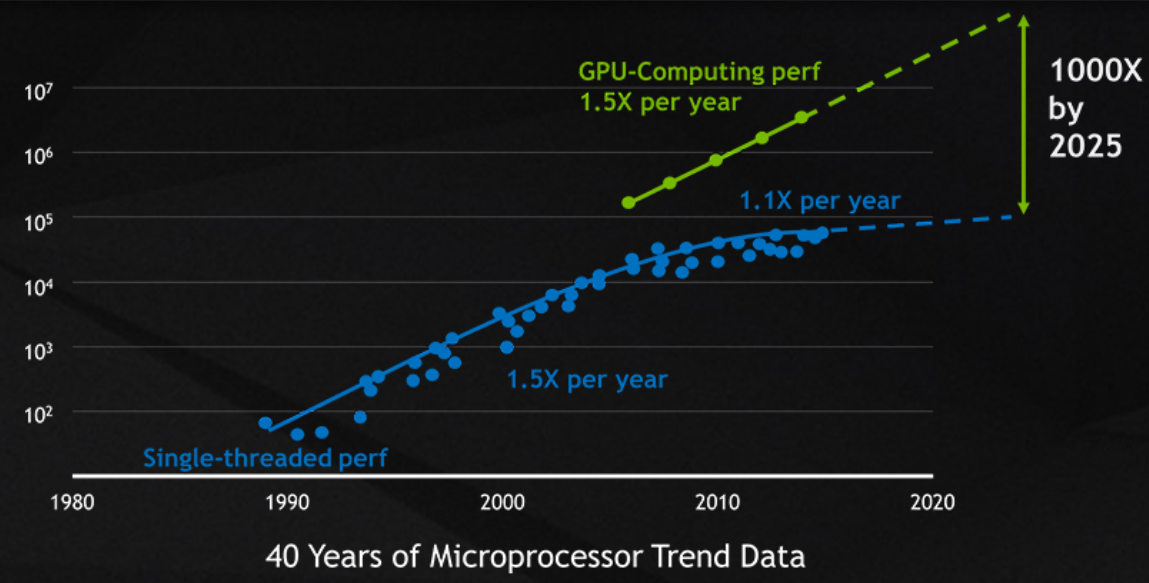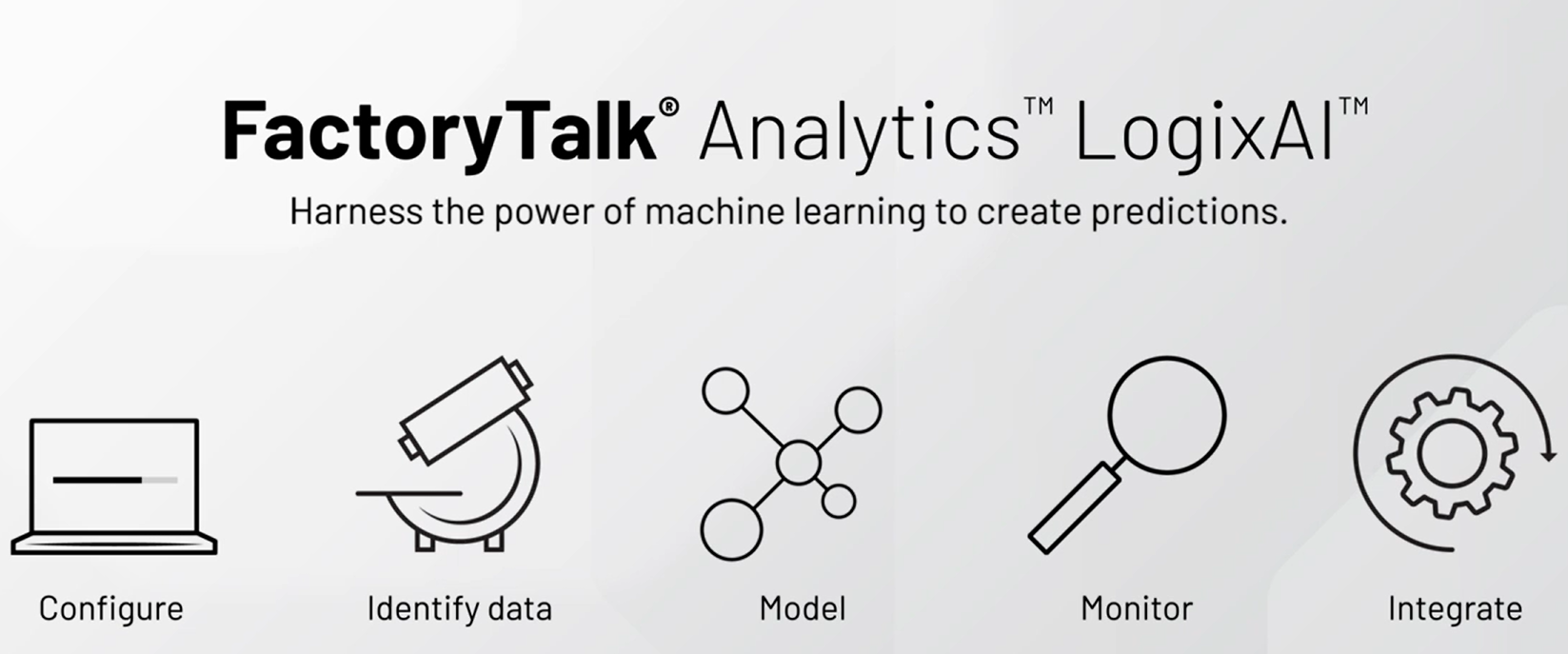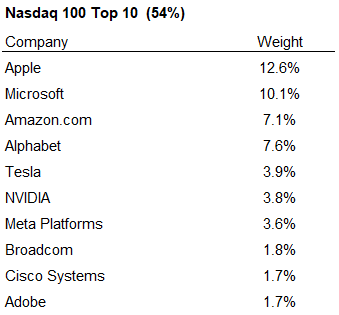Artificial Intelligence (AI) is one of the most promising new technologies, that is expected to spur a wave of social progress unmatched since the industrial revolution. What are the major opportunities in AI, how can investors gain exposure, and what are the risks to monitor?
What is AI?
Artificial Intelligence (AI), in its simplest form touches on the automation of tasks and processes but goes all the way to solving more complex problems through machine learning and deep learning technologies. The global market for AI is on track to reach more than USD554 billion of revenue by 2024, as it impacts a range of industries. PWC estimates that by 2030, AI will have added as much as USD15.7 trillion to the global economy.
AI is involved in a range of new technologies from virtual assistants, smart home appliances, futuristic shopping experiences, to powerful softwares such as self-driving.

Benefits of AI
Alphabet CEO Sundar Pichai believes AI to be the most impactful discovery since fire, electricity, or the internet.
AI applications create opportunities for companies to adapt their business models, and in some cases new disrupters are created because of the technology. Areas likely most affected are Travel & Leisure, Finance, Tech, Education, Healthcare, and Automotive. AI solutions are often designed for cloud-based systems and made to be easily adaptable.
i. Automation
A variety of business efficiency and incremental improvements are generated from AI. For example, automated chat boxes save companies time, by programming customer interaction and providing real-time assistance.
- Saves companies resources that can be used for higher-level tasks
- Minimises room for errors, performs repetitive tasks faster, and reduces costs
- More data collected leads to better analytics for smart decision-making
ii. Top-level customisation
The vast amount of data collection is allowing companies to build software to provide a strong level of customisation for end-users. For example, YouTube and Netflix tweak their algorithm to personalise what end-users see in their feed.
- Offers more value and helps keeping users engaged
- Enhances profitability through personalised ads and e-shopping feed
- Scalability: Lower costs allow companies to offer free services with paying features
iii. Cutting-edge tech
We are still in the process of discovering all the functionalities and applications of AI. At the most complex end of AI, machine learning can develop sets of algorithms designed for non-linear reasoning.
New AI technologies are implemented in a wide range of applications, often combined with other technologies such as the cloud for real-time data, blockchain technologies for encryption, and the latest intelligent chips.
While many new technologies are likely still under the radar and likely years away from commercialisation, we also notice that deep-learning AI is slowly makings its way into everyday life. Below are some examples:
- Automobile: Self-driving technologies, such as Tesla’s FSD
- Social medias: Detecting hate speech and sensitive content
- Advertising: Machine learning trains algorithms to tailor ads
- Finance: AI models to approve loans (examples: Upstart, LendingClub)
- Healthcare: Detecting diseases more accurately and earlier
- Other: Language processing, speech & image recognition
Investing in AI
i. Software
Big tech companies such as Microsoft, Alphabet, Meta, IBM, Amazon, and Netflix with well-established business moats should be some of the largest beneficiaries of AI as these can leverage their large amounts of data using machine learning to create smart AI software for productivity, to both bring in more revenue and save costs. Similarly, software companies such as Salesforce, Palantir, and UiPath, are at the forefront of AI.
ii. Hardware
Chip powerhouses such as Nvidia and AMD are developing components with powerful AI functions. For example, Nvidia is the leader in graphics processing units (GPU) computing chips, which helps power some of the world’s fastest computers and provides the hardware necessary to support AI technologies from intelligent machines, speech recognition, self-driving, and medical breakthroughs. After enormous growth, Nvidia expects CPU performance to now grow by only 10% per year.

Source: Nvidia
Manufacturing robots are also benefiting from the rise of AI. Rockwell Automation, the world’s largest company dedicated to industrial automation and information, uses AI modules to make predictive analytics more accessible to help more workers make better production decisions. Its “FactoryTalk Analytics LogixAI” solution uses machine learning to create predictions.

Source: Rockwell Automation
In healthcare, Intuitive Surgical, which sets the gold standard for robotic surgery, developed a product called “Ion” that uses AI and computer vision to screen patients for lung diseases.
iii. Funds with a focus on AI
There are a range of available solutions on the market. The L&G Artificial Intelligence UCITS ETF tracks the ROBO Global Artificial Intelligence index, which is a basket of companies worldwide that have a distinct portion of their business and revenue derived from the field of Artificial Intelligence. There exist similar AI thematic strategies offered by popular ETF managers such as iShares and Xtrackers. Investors should consider that AI ETFs may perform based on other factors than AI, as AI is for the most part a tool to reinforce existing successful businesses.
Software ETFs such as the iShares Expanded Tech-Software Sector ETF (IGV), also provide significant AI exposure as they are populated by companies specialised in providing B2B software for implementing AI and automation solutions.
An alternative for investors desiring “pure play” exposure to AI, is to select a basket of those companies with large exposure to AI. A more basic approach is to track the Nasdaq 100 or an index following the global tech leaders. Below, we look at the largest components of the Nasdaq 100, which are somewhat representative of the uprising of AI.

Risks and limitations
The human creativity and vision will be complicated to replace, and thus outstanding management teams will most likely be a key attribute of businesses. The tech may also face challenges from time to time and require human talent. For example, in 2017 Facebook said it would limit the rollout of its Messenger chatbot platform after it found many of the bots were unable to address 70% of users’ queries. Similarly, its AI to analyse sensitive content also requires human intervention for final judgement over what is appropriate for the platform.
Lastly, the elephant in the room. Regulation for big tech is most likely a significant threat, affecting tech giants in the US, Europe, and China. Regulation efforts are currently channeled towards data collection, with a focus on privacy issues. In that sense, the EU recently drafted AI regulation rules, and it concerns the practical applications of AI, and data privacy perspectives. Regulation could also be gradually shifting towards specific AI technologies such as facial recognition. Facebook is currently sued by Texas for allegedly collecting biometric data on millions of Texans, without their consent. It previously settled with Illinois over a similar lawsuit. In other words, until regulation is clearly defined, firms using consumers data can be legally challenged.
Conclusion
AI provides major opportunities for well-established large businesses to automate further, offer customisation, and in some cases deploy cutting edge technologies. Investors may get exposure to AI through a basket of stocks or through benchmarks tracking stocks of tech giants. It should not be ruled out that in the medium term, waves of regulation could put a dent to the progress of AI and its commercialisation. Companies handling mass amounts of consumer data, naturally put themselves most likely in the crosshair of regulators.





